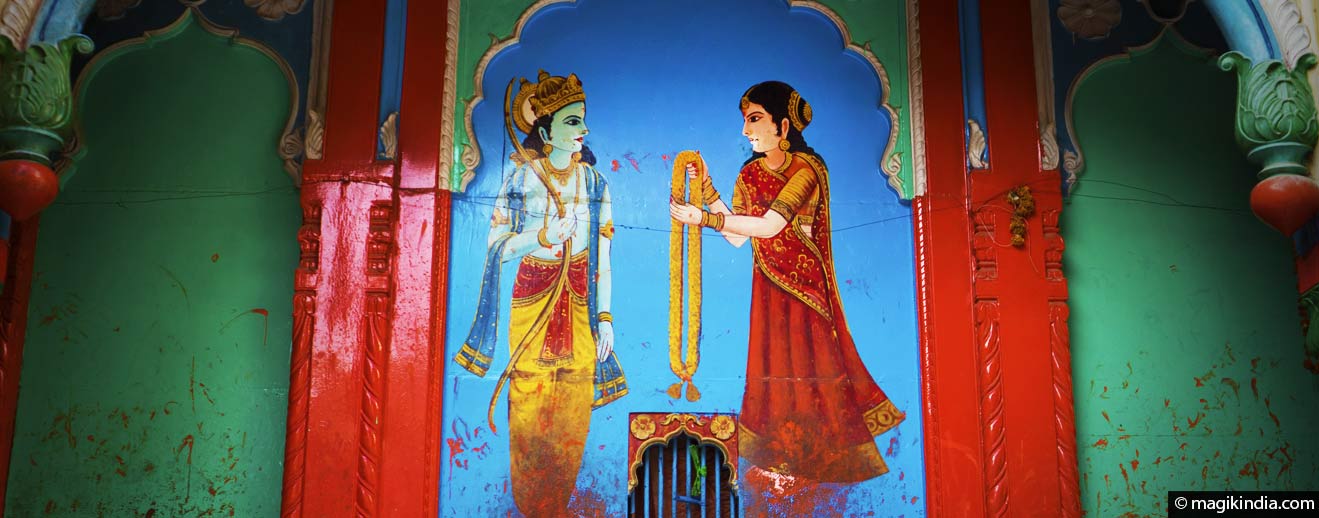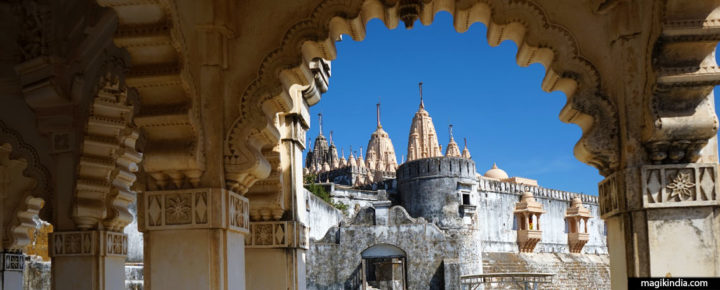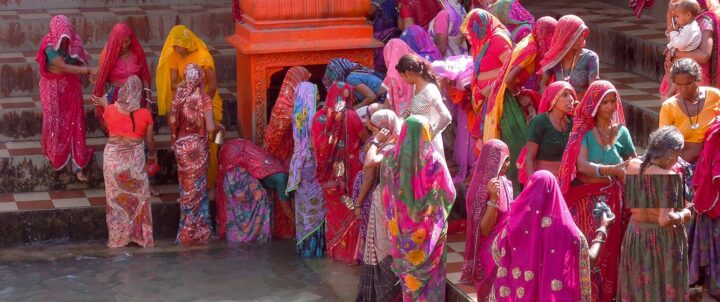
Lohargal, situé à 30 km de Nawalgarh, est un des hauts lieux de pèlerinage de la région du Shekhawati (Rajasthan). Niché au cœur des monts Aravallis, entre banyans et manguiers centenaires, le village abrite un temple dédié à Surya et un bassin sacré qui attire une foule considérable de pèlerins ; la légende raconte, en …
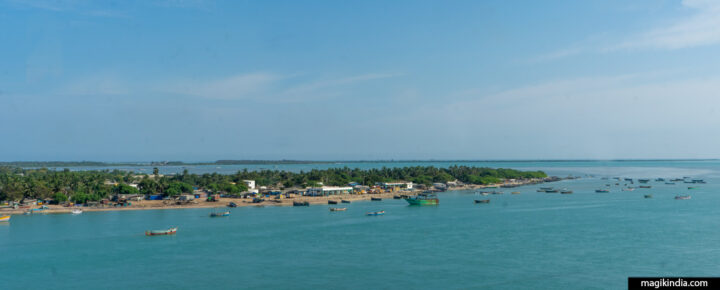
Rameshwaram, situé sur l’île de Pamban, au sud-est du Tamil Nadu, est un lieu spirituel majeur en Inde. C’est l’un des « Char Dham », un des quatre plus hauts lieux de pèlerinage hindous avec Badrinath, Dwarka et Puri. Les fidèles font le vœu de visiter au moins une fois dans leur vie le Jyotir-lingam installé dans le temple …
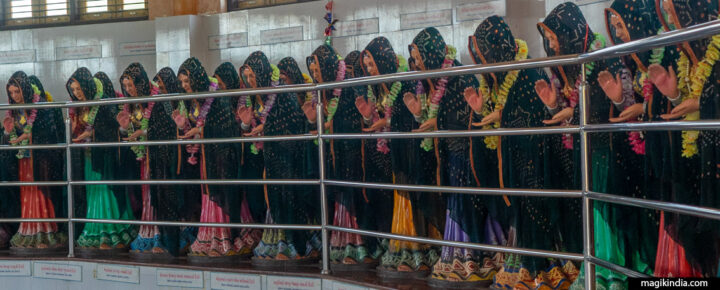
Situé à Rapar Taluka, à l’Est du district de Kutch (Gujarat) et à une heure et demie du site archéologique de Dholavira, Vrajvani est un temple très vénéré, tout particulièrement par la communauté Ahir. Ce sanctuaire est absolument unique en Inde dans le sens où il abrite 140 statues grandeur nature de femmes.
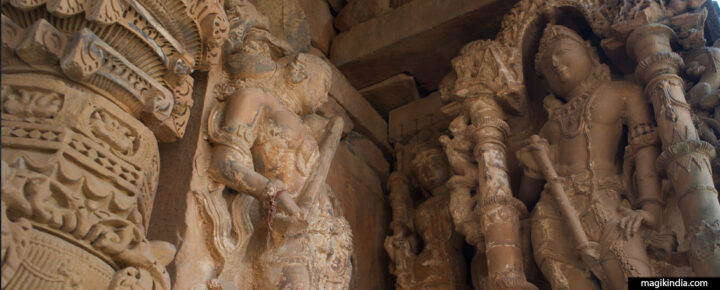
Harshnath, situé sur la colline Aravalli de Harshagiri, à 900 mètres d’altitude, est la belle surprise archéologique du district de Sikar (Rajasthan). Cet ensemble de temples dont le plus ancien remonte au 10e siècle de notre ère est encore peu connu des voyageurs ; il a pourtant tout pour plaire aux amoureux de belles pierres …
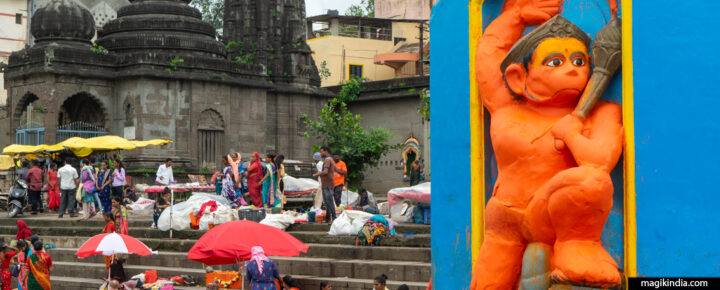
Nasik, située à 160 km de Mumbai, la capitale du Maharashtra, est considérée comme une des villes les plus saintes de l’Inde. Non seulement elle accueille tous les douze ans la célèbre Kumbh Mela, mais c’est aussi ici que le seigneur Rama de l’épopée du Ramayana a vécu quelques années d’exil avec son épouse Sita …
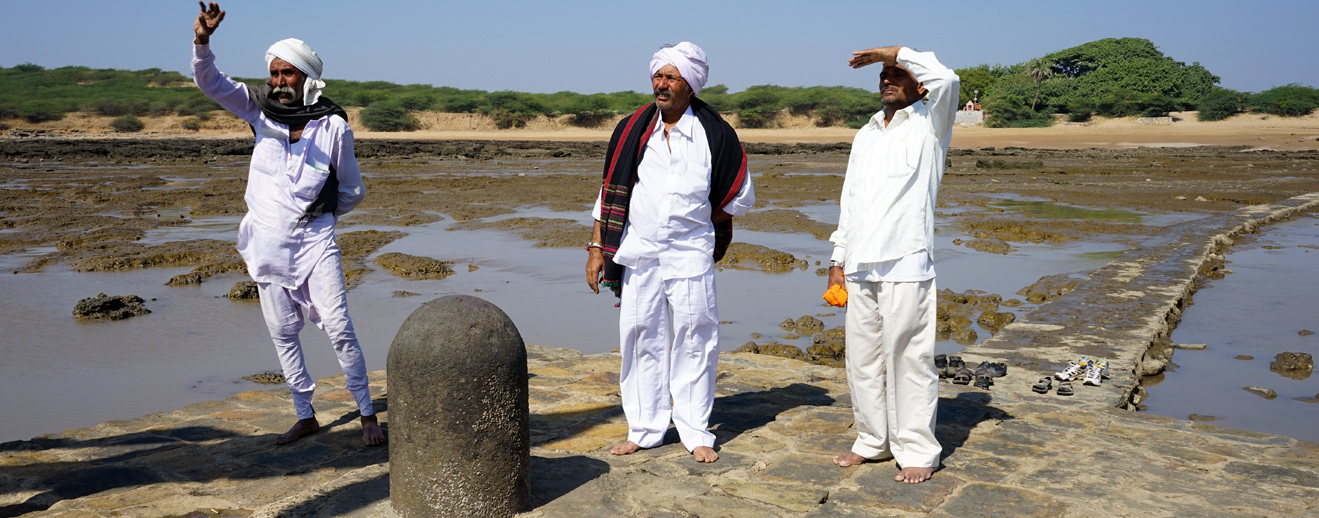
Je visitais le Gujarat pour la deuxième fois. J’avais décidé, cette fois-ci, de « m’attaquer » à la région côtière de la péninsule du Saurashtra : Diu, Somnath et Dwarka. Je ne sais plus comment je me suis retrouvée à Pingleshwar, j’ai toujours pour habitude de voyager sans guide pour laisser de la spontanéité lors de mes …
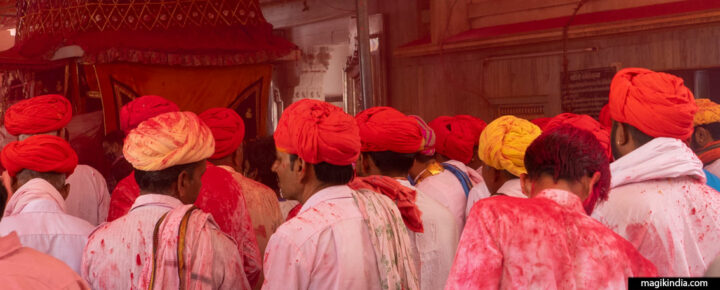
Charbhuja Garhbor est l’un des quatre grands lieux de pèlerinage hindous de la région du Mewar au Rajasthan avec Shrinathji, Shri Eklingji et Kesariyaji. Situé dans le charmant village de Garhbor, à une trentaine de kilomètres du fort de Kumbhalgarh, ce sanctuaire, dont la communauté Gurjar prend soin, a une longue histoire qui remonterait aux temps …
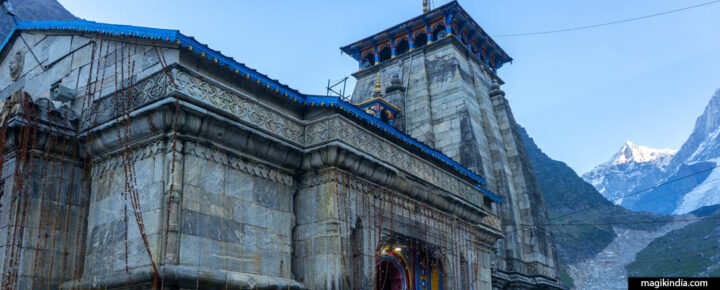
La chaîne himalayenne qui ceinture le nord de l’Inde est considérée comme la demeure mythique du dieu Shiva, un des trois dieux de la Trimurti (la trinité hindoue). Il n’est donc pas étonnant d’y trouver de nombreux lieux de pèlerinage associés au seigneur du mont Kailash. Les “Panch Kedar”, dans l’État de l’Uttarakhand, font partie …
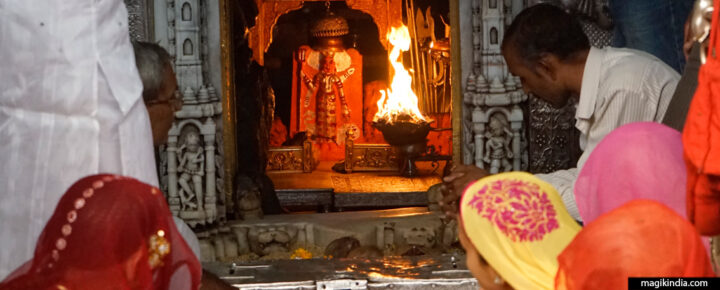
Les créateurs du slogan « Incredible India! » (Incroyable Inde !), ont décidément bien été inspirés. Il s’applique en effet à tous les aspects de la culture indienne et les temples hindous ne font pas exception. Certains de ces sanctuaires sont connus pour l’incroyable technicité de leur construction – Madurai, Ellora ou Tanjore – pour ne citer …
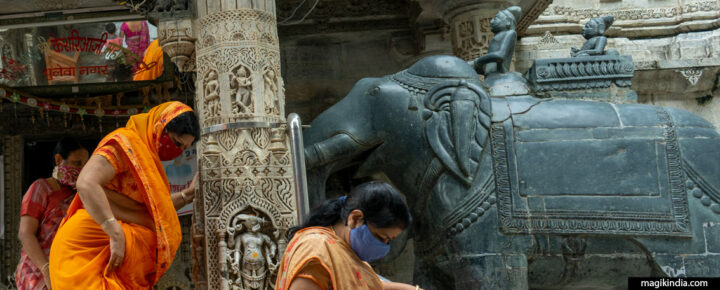
Le temple jaïn de Rishabhdev encore appelé Kesariyaji ou Rishabdeo, situé à 60 km au sud d’Udaipur, est un des quatre grands « Tirth » (pèlerinages) de la région du Mewar au Rajasthan. Les trois autres étant : Shrinathji, Shri Eklingji et Shri Charbhujaji. Cependant, contrairement à ces derniers, Rishabhdev est non seulement vénéré par les jaïns, …
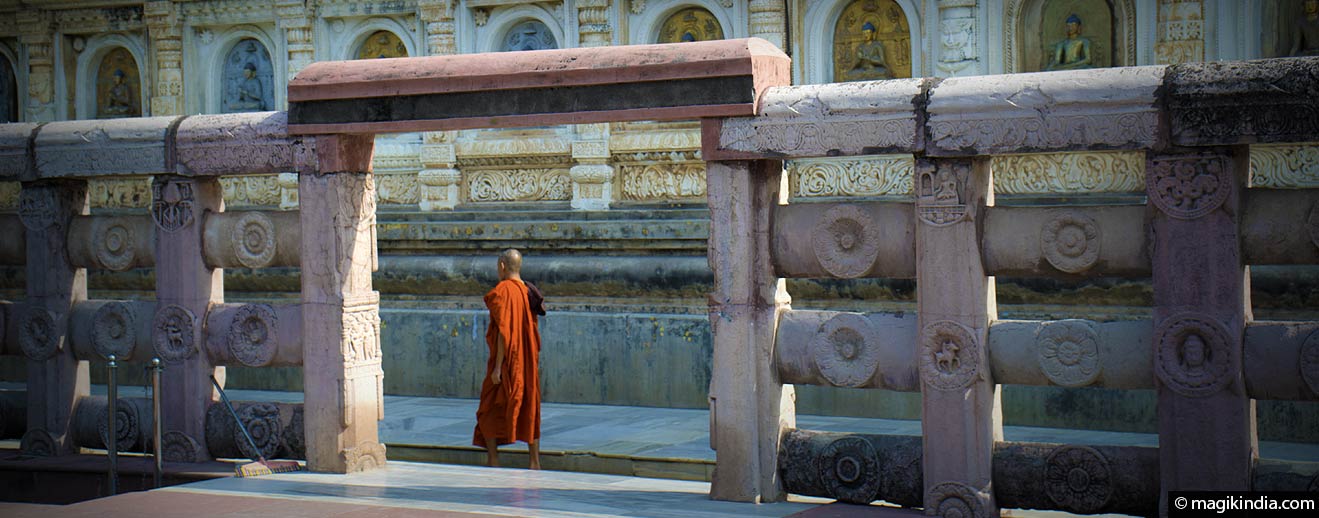
Le bouddhisme compte plus de 300 millions d’adeptes à travers le monde ce qui fait d’elle la quatrième religion (ou philosophie d’après certains) après le christianisme, l’islam et l’hindouisme. L’histoire du bouddhisme commence autour du 5e siècle avant notre ère, quand Siddhartha Gautama, prince du royaume de Shakya, reçut l’éveil spirituel sous un arbre ficus. …
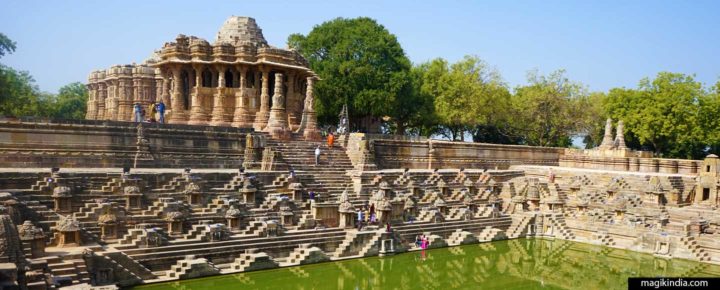
Modhera est une terre légendaire. On raconte qu’après avoir vaincu le roi-démon Ravana au Sri Lanka, le dieu Rama et son épouse Sita s’y arrêtèrent sur le chemin du retour. Il n’est donc pas étonnant que les souverains Solankis aient choisi ce sol sacré pour y bâtir un temple du soleil de toute beauté qui …
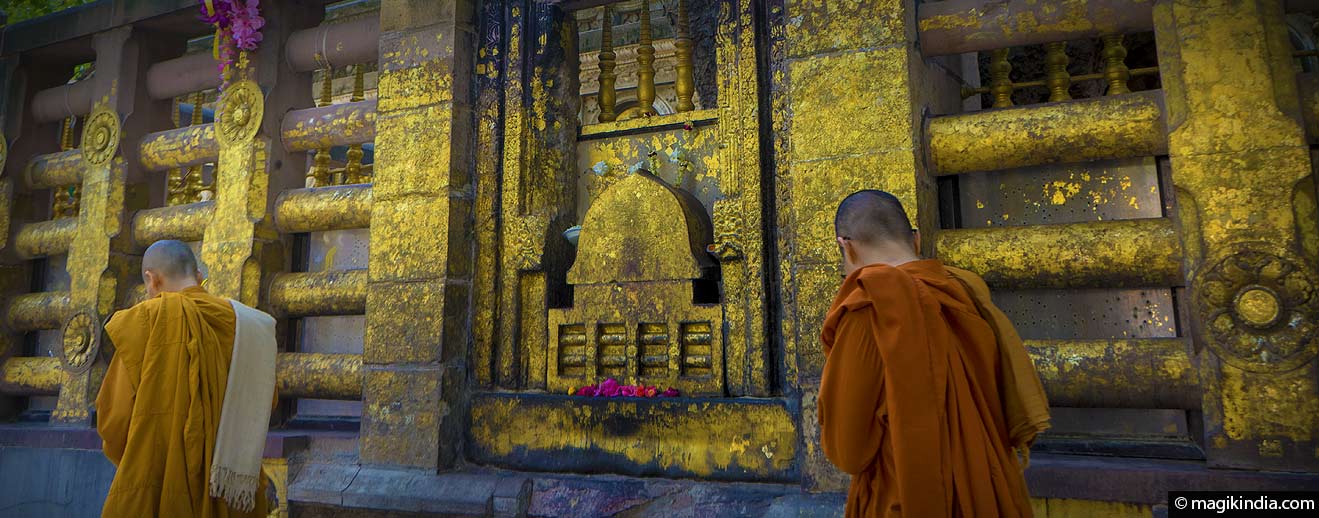
A 29 ans, Siddharta Gautama, prince de Kapilvastu, délaisse sa vie matérielle et mondaine pour trouver la vérité de l’existence. C’est sous un ficus, à Bodhgaya, que Siddharta Gautama met fin à ses années d’errance et devient le « Bouddha » c’est-à-dire « celui qui sait ». Le bouddhisme ou philosophie du juste milieu prend donc naissance à Bodhgaya, …
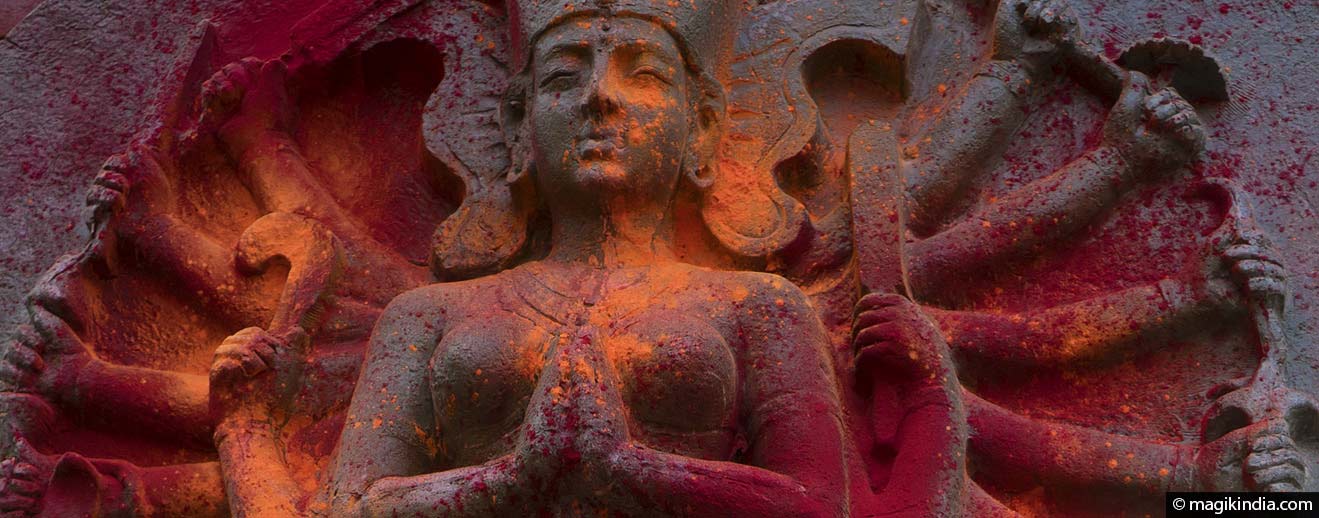
« Shakti » signifie pouvoir, dynamisme. C’est une notion fondamentale de l’hindouisme. La Shakti est souvent associée au principe féminin (mais va bien au-delà) personnifiée par la déesse hindoue primordiale, Devi et ses différents avatars. Le culte de la Shakti est présent partout en Inde et culmine lors du festival de Navaratri.
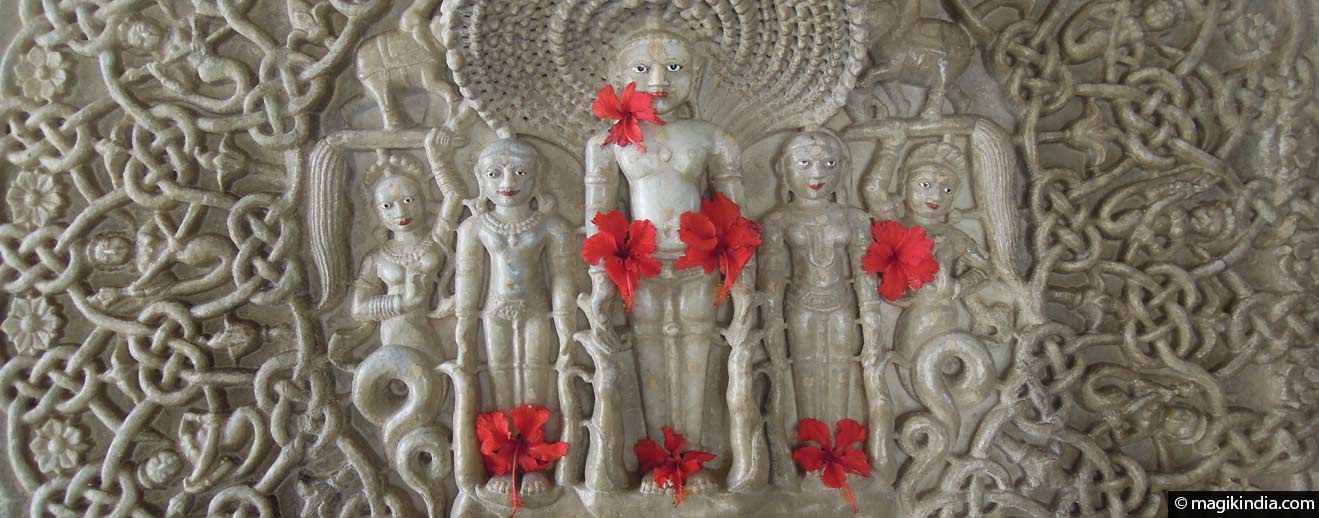
Le jaïnisme dérive du verbe sanscrit « ji », signifiant « conquérir ». Ceci se réfère à la bataille que doivent mener les ascètes jaïns contre les démons intérieurs. C’est une religion qui serait probablement apparue autour du 5e siècle avant notre ère. Ses origines restent floues, le jaïnisme n’a pas de fondateur connu, mais a été enseigné par des maîtres éveillés …

Le bouddhisme compte plus de 300 millions d’adeptes à travers le monde ce qui fait d’elle la quatrième religion (ou philosophie d’après certains) après le christianisme, l’islam et l’hindouisme. L’histoire du bouddhisme commence autour du 5e siècle avant notre ère, quand Siddhartha Gautama, prince du royaume de Shakya, reçut l’éveil spirituel sous un arbre ficus. …
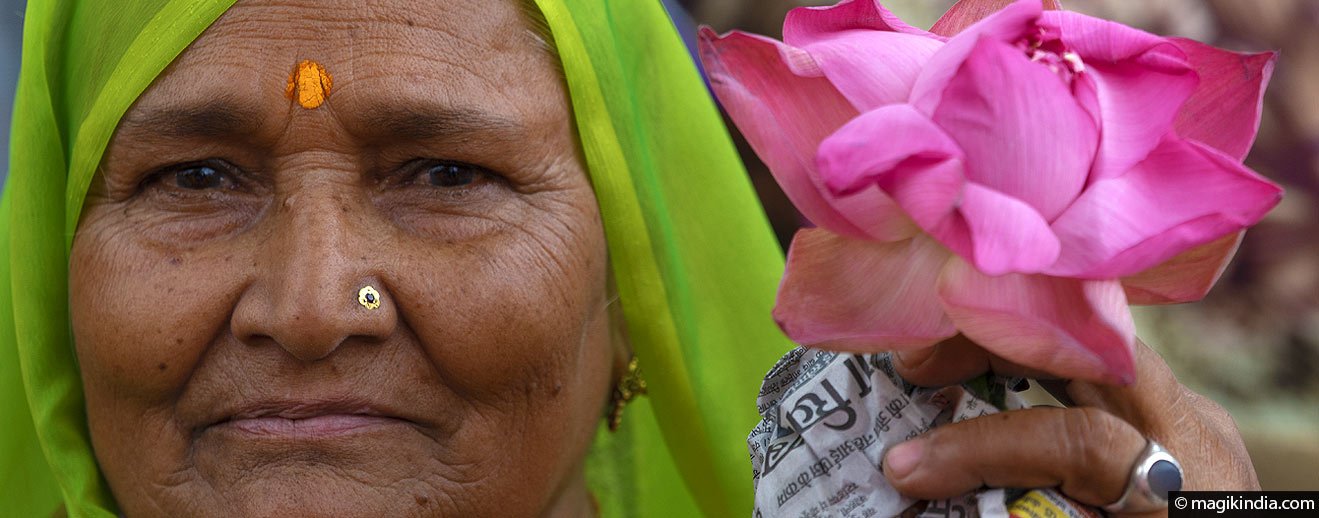
Dans un pays pieux comme l’Inde, le pèlerinage est plus que jamais un des piliers de la foi. Les lieux de pèlerinages hindous se comptent par dizaines de milliers en Inde mais certains d’entre eux sont hautement sacrés et chaque croyant se doit d’entreprendre, ne serait-ce qu’une fois au moins dans sa vie, un de …
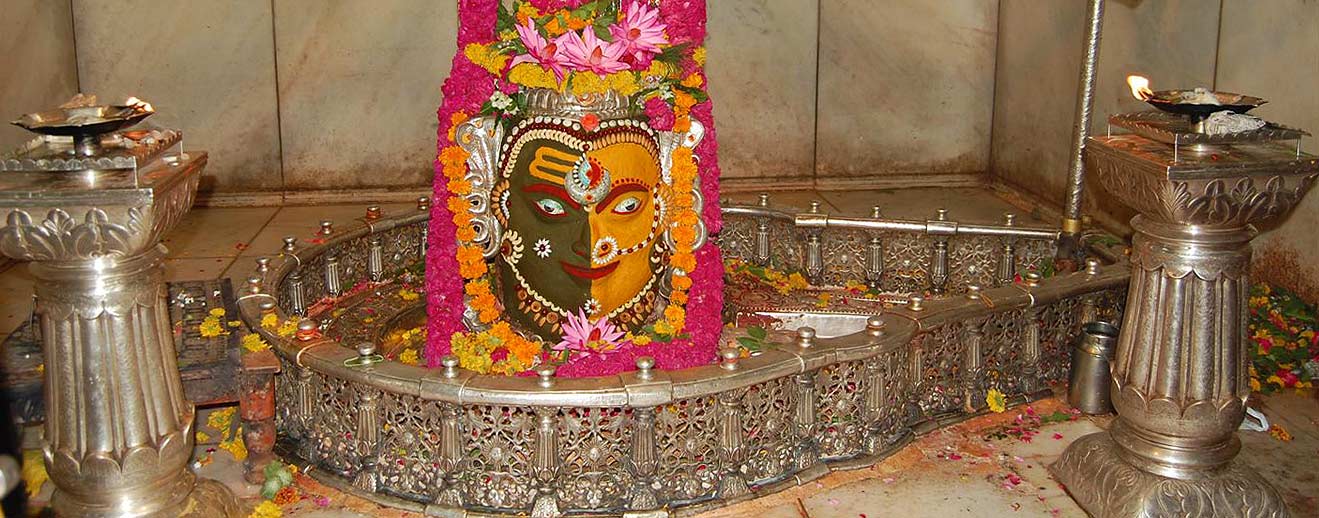
Le « Lingam » est le symbole du dieu hindou Shiva. On trouve des temples consacrés à Shiva dans chaque recoin de l’Inde, cependant, les sanctuaires abritant les « Jyotir Lingams » ou « Lingams de lumière » sont les plus sacrés et sont au nombre de douze. Selon la tradition hindoue, le pèlerinage des Jyotir Lingams éliminerait le mauvais karma et rendrait l’âme …

